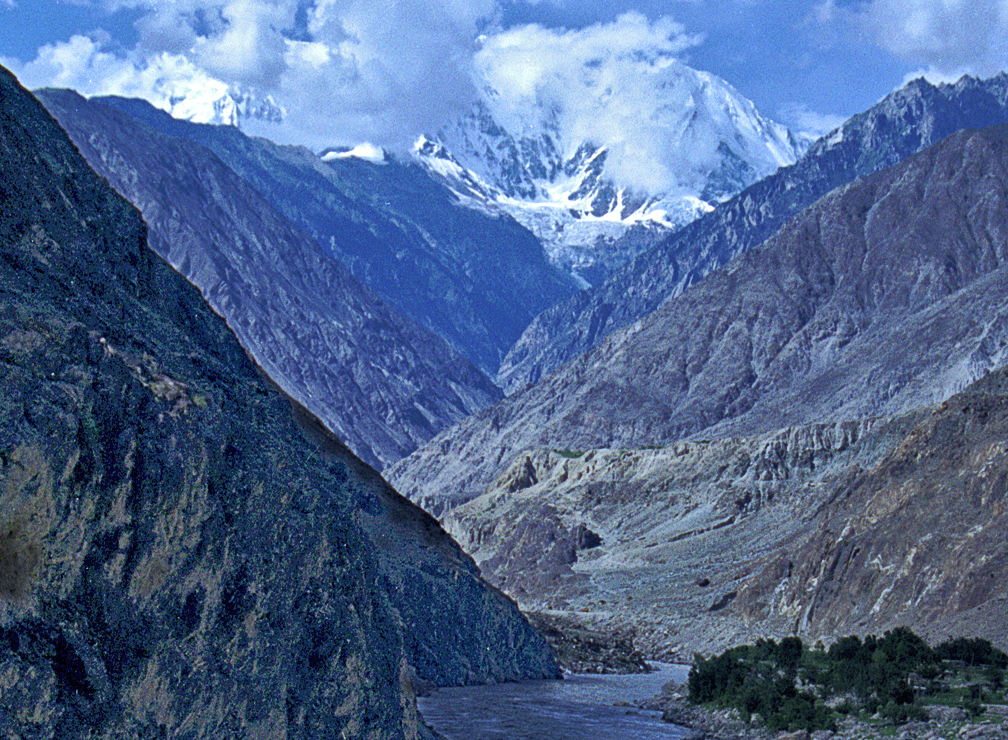At the moment, there are at least three teams on Nanga Parbat in Pakistan, with another on the way. All of them are attempting to achieve the first winter summit of that 8126 meter (26,660 ft) peak. Over the coming weeks, they'll endure incredibly challenging weather conditions, including temperatures that will drop well below freezing. High winds will buffet them as they climb to ever increasing heights, and heavy snows will make their lives miserable at every step of the way. In short, it is a brutal environment for anyone to climb in.
Few would know that better than Ian Overton, an American who joined two Hungarian climbers (David Klein and Zoltan Acs) to attempt a winter ascent on Nanga a few years back. Ian wrote a piece for Cracked.com last week that discussed his experience there, an expedition that he called "the most indisputably batshit thing I have ever attempted." In that article, Ian shares the wisdom he gained along the way by listing 8 things that nobody tells you when you about climbing a mountain.
As you can imagine, the list is filled with interesting insight on both Nanga Parbat and mountaineering in general. For instance, coming in at #8 on Ian's list is the fact that one in four climbers never come back from the mountain. Yep, that's right. Nanga Parbat has a death rate of about 25%, which puts it right up there with K2 and Annapurna as one of the most deadly peaks in the world.
I won't spoil the entire list for you, as it is well worth reading the article on your own. But some of the other topics that Overton touches on include begging sponsors to help cover gear, falling into crevasses, surviving an avalanche, the effects of altitude, and much more. It is an interesting read, and will provide some good insights into what kind of conditions the current teams on Nanga are dealing with. (Hint: It isn't a walk in the park.)
Ian's story not only includes text about his experiences, but plenty of images as well. They help to convey the challenges he faced even more fully. He also followed up the story with an interesting interview with ExWeb too, sharing his thoughts on writing the story, the current expeditions on Nanga and the challenges they face, as well as his own plans for the future.
Both articles are insightful and worth a look for anyone into mountaineering.
Home » Pakistan » 8 Things No One Tells You About Climbing Nanga Parbat in Winter
8 Things No One Tells You About Climbing Nanga Parbat in Winter
Posted by Unknown on Thursday, January 15, 2015
Labels:
Karakoram,
Mountaineering,
Nanga Parbat,
Pakistan







{ 0 comments... read them below or add one }
Post a Comment